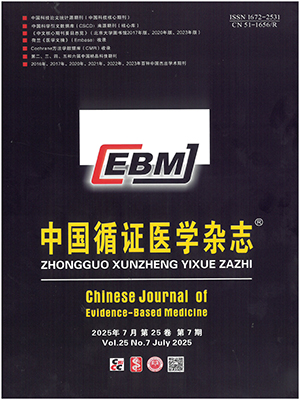The study appeared the comparison between CONSORT and CENT, and promoted the combination with GRADE and N-of-1 trial. Our objective is to further develop the method of N-of-1 trial and to widely use it in clinical researches of some diseases.
Citation: LI Jiang, ZHAI Jingbo, SHANG Hongcai, YANG Kehu, TIAN Jinhui, CHEN Jing, DAI Min. Level of evidence and reporting standard in N-of-1 trial. Chinese Journal of Evidence-Based Medicine, 2017, 17(5): 612-615. doi: 10.7507/1672-2531.201701074 Copy
Copyright © the editorial department of Chinese Journal of Evidence-Based Medicine of West China Medical Publisher. All rights reserved




